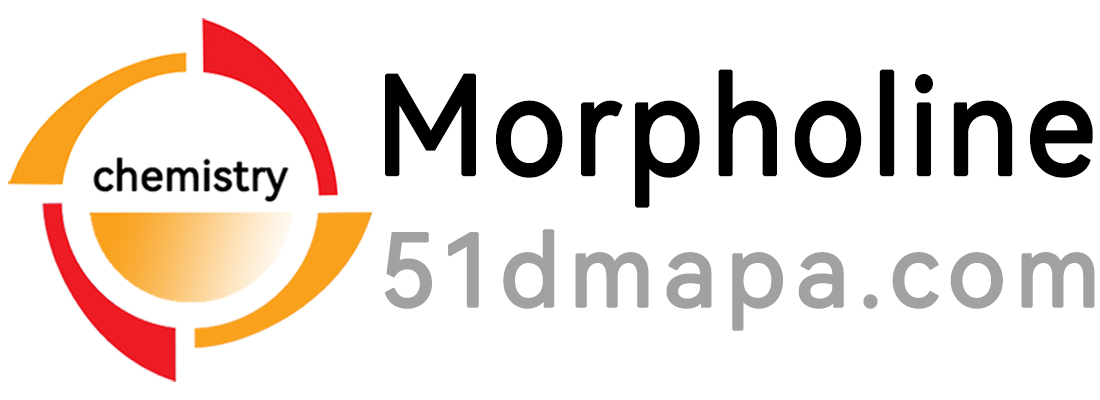
Introduction
Dibutyltin monooctyl maleate (DBMS for short), as a type of PVC heat stabilizer, occupies an important position in the PVC processing industry because of its excellent thermal stability and processing characteristics. With the continuous development of the PVC market and increasingly stringent environmental protection requirements, the market performance and price trends of DBMS have become the focus of attention both inside and outside the industry.
Market Overview
Dibutyltin monooctyl maleate is mainly used in the production of PVC products, especially those that require high transparency and good thermal stability, such as films, hoses and cables. In recent years, as global PVC consumption has increased, the demand for DBMS has also increased. However, the environmental and health effects of organotin compounds have attracted widespread attention, prompting the industry to search for more environmentally friendly alternatives, which has had an impact on the market share and price of DBMS.
Price Trend
Looking back over the past few years, the price fluctuations of DBMS have been affected by a variety of factors, including raw material costs, progress in production technology, supply and demand relationships, and adjustments to environmental policies. At the beginning of 2023, an in-depth research report pointed out that the price trend of dibutyltin maleate is affected by the supply of upstream raw materials, production demand, and import and export market dynamics. With the maturity of production technology and large-scale production, costs have declined, but in certain periods, prices may rise due to fluctuations in raw material prices or tightening of environmental policies.
Influencing factors
- Raw material cost: As an organotin compound, the production cost of DBMS is directly affected by the price of tin and monooctyl maleate. Fluctuations in the price of tin metal are directly related to the cost basis of DBMS.
- Environmental protection policies: Restrictions and bans on organotin compounds are gradually increasing globally, especially environmental policies such as the EU REACH regulations, which have set strict standards for the production and use of DBMS, increasing compliance costs.
- Technological innovation: The research and development of new stabilizers may affect the market position of DBMS. If the new thermal stabilizer has better performance or lower environmental impact, it may seize the DBMS part. market share.
- Supply and demand relationship: The development of the PVC industry and the expansion of downstream application fields, such as changes in demand in the construction, automotive and medical industries, directly affect the supply and demand balance of DBMS.
Market Outlook
It is expected that the DBMS market will face a more complex environment in the next few years. On the one hand, as the PVC industry transforms towards higher quality and environmental protection, the demand for DBMS will continue to exist, especially in the field of high-end PVC products. On the other hand, tightening environmental regulations may limit its use in certain areas and push the market toward greener alternatives. Manufacturers need to pay close attention to market dynamics and adjust product structure and market strategies in a timely manner to cope with challenges and seize opportunities.
Conclusion
Market analysis of dibutyltin monooctyl maleate shows that although it faces challenges from environmental protection policies and technological progress, its application value in specific fields is still solid. Price trends are affected by many factors, and companies need to respond flexibly, optimize supply chain management, and strengthen technology research and development to maintain market competitiveness. In the future, the market performance of DBMS will depend on whether it can meet more stringent environmental standards while meeting performance requirements.
The above analysis is based on historical data and industry trends. Taking into account the complexity and uncertainty of the market environment, actual prices and market performance may vary depending on the specific time. Varies by region. Industry participants are advised to regularly monitor market dynamics and develop flexible business strategies to respond to future market changes.
Extended reading:
bismuth neodecanoate/CAS 251-964-6 – Amine Catalysts (newtopchem.com)
stannous neodecanoate catalysts – Amine Catalysts (newtopchem.com)
polyurethane tertiary amine catalyst/Dabco 2039 catalyst – Amine Catalysts (newtopchem.com)
N-Methylmorpholine – morpholine



